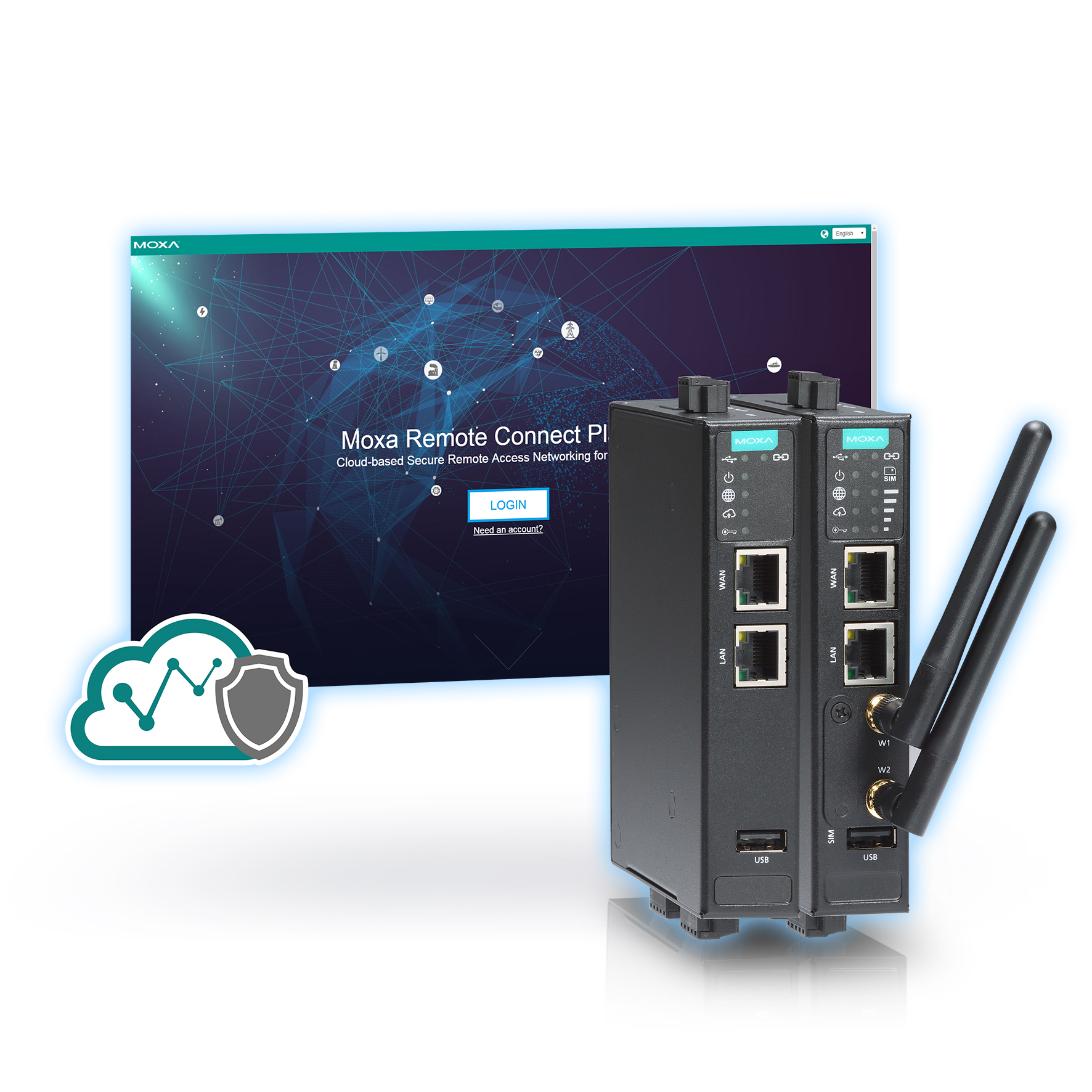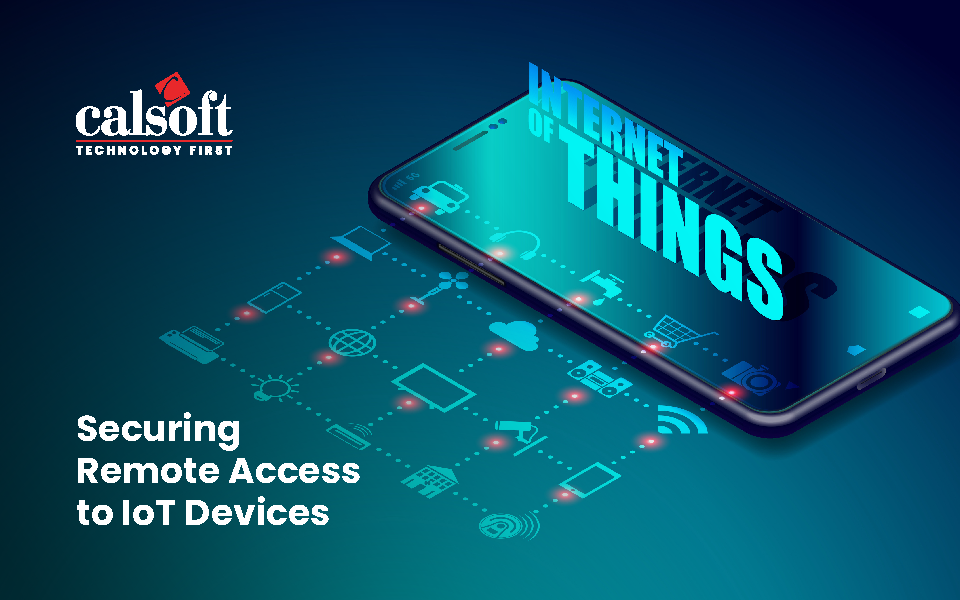In a world increasingly reliant on interconnected devices, is your Internet of Things (IoT) infrastructure truly secure, or is it a ticking time bomb ready to expose your data?
The proliferation of IoT devices has revolutionized industries and transformed how we live. From smart homes to industrial automation, these devices offer unprecedented convenience and efficiency. However, this interconnectedness also presents a significant challenge: securing remote access. The ability to control, monitor, and troubleshoot these devices from afar is crucial, but it must be balanced with robust security measures to prevent unauthorized access and data breaches.
Remote access to IoT devices offers a myriad of advantages. It allows for control and monitoring from anywhere in the world. It streamlines troubleshooting, reducing the need for costly on-site visits. It enhances efficiency by enabling remote configuration and updates. But these benefits are worthless if security is compromised.
The complexities of managing remote access to IoT devices are multifaceted. Devices deployed in remote locations, often behind firewalls that block inbound traffic, pose significant challenges. Poor network quality can disrupt communication, making remote access unreliable. Moreover, the growing sophistication of cyber threats demands a proactive and layered approach to security.
Understanding the importance of secure remote access is the first step. Today, businesses are hiring based on qualification rather than location, increasing the need for secure remote access to ICS and OT assets. Implementing a Zero Trust Network Access (ZTNA) solution is paramount in ensuring cybersecurity controls. Data theft or a network breach can cause devastating impacts. Therefore, it is imperative to protect IoT devices.
Discover the ultimate guide on remote IoT security. Learn about its importance, challenges, key features, best practices, and future trends. Explore how tools can help protect your IoT devices and data, prevent unauthorized access, and ensure optimal security.
To emphasize the importance of secure remote access, it is crucial to recognize the benefits that derive from securing IoT devices. These include:
- Control and Monitoring: Remotely manage your devices from anywhere in the world.
- Cost Reduction: Decrease the necessity of sending technicians on-site.
- Efficiency Enhancement: Enable remote configuration and updates.
- Data Protection: Prevent unauthorized access and data breaches.
- Proactive Threat Mitigation: Address unauthorized activity before damage is done.
Security is a top priority when dealing with remote access to IoT devices. Robust security measures are non-negotiable.
Ensuring secure remote access to IoT devices is not optional; it's a fundamental requirement. This demands a proactive, layered approach that addresses vulnerabilities at every level.
To guarantee safe remote access, its essential to follow the following steps:
- Use Robust Encryption: All network traffic should be encrypted, employing protocols like TLS or DTLS.
- Configure Firewalls Correctly: Configure firewalls to permit only the necessary traffic.
- Utilize VPN Connections: Use a VPN connection for remote access to the IoT network.
- Regularly Update and Patch: Keep all devices and software up to date with the latest security patches.
- Implement Multi-Factor Authentication (MFA): Require multiple forms of verification for access.
- Monitor and Audit: Regularly monitor and audit access logs for suspicious activity.
- Implement Least Privilege Access: Grant only the minimum necessary permissions.
- Conduct Regular Security Assessments: Perform periodic vulnerability scans and penetration testing.
In this article, well explore essential security considerations and best practices for IoT SSH remote access. These tips will help you safeguard your IoT and keep it safe from unauthorized access. Lets dive in and learn how to fortify your IoT device against potential security threats!
The importance of secure remote access is amplified in today's world, where businesses increasingly hire based on qualifications rather than location. Secure remote access to ICS and OT assets has become vital to maintain operational efficiency.
SSH Remote Access Security Best Practices
SSH (Secure Shell) is a common and powerful protocol for remote access to IoT devices. However, it's also a potential point of vulnerability if not properly secured. Implementing best practices for SSH access is critical to prevent unauthorized access and maintain the integrity of your IoT infrastructure.
Heres how to enhance your security regarding SSH remote access:
- Change the Default SSH Port: The default port, 22, is often targeted by attackers. Changing it to a non-standard port can help obfuscate your SSH service and reduce the likelihood of automated attacks.
- Disable Password Authentication: Password-based authentication is inherently vulnerable to brute-force attacks. Disable it entirely and rely on key-based authentication instead.
- Implement Key-Based Authentication: Generate SSH keys (RSA or Ed25519) and distribute the public keys to the IoT devices, while keeping the private keys secure. This method is significantly more secure than passwords.
- Use Strong Key Algorithms: Employ strong cryptographic algorithms for key generation, such as RSA with at least 2048 bits or Ed25519.
- Enforce Key Rotation: Regularly rotate SSH keys to limit the impact of a compromised key.
- Limit User Access: Create dedicated user accounts for remote access with the least necessary privileges. Do not use the root account for remote login.
- Monitor SSH Logs: Regularly review SSH logs for suspicious activity, such as failed login attempts or unusual commands.
- Implement Fail2Ban: Use a tool like Fail2Ban to automatically block IP addresses that repeatedly fail to authenticate, mitigating brute-force attacks.
- Use a Firewall: Configure your firewall to allow SSH traffic only from trusted IP addresses or networks.
- Keep SSH Software Updated: Regularly update the SSH server software on your IoT devices to patch security vulnerabilities.
- Disable Root Login via SSH: Prevent direct root logins via SSH to reduce the risk of unauthorized access.
- Implement Two-Factor Authentication (2FA): Add an extra layer of security by requiring a second factor, such as a one-time password, in addition to the SSH key.
The future of IoT management is moving towards systems that require minimal human intervention while operating with maximum efficiency. As IoT networks expand, companies will likely enhance security protocols, especially for remote access and SSH, to keep these systems safe from cyber threats.
All data transmissions between the machine and the cloud should be encrypted using secure VPN tunnels, preventing unauthorized access.
Remote access to IoT devices allows administrators to address unauthorized activity before any damage is done.
The features go beyond traditional screen sharing to include terminal access, app control, and edge management, offering a comprehensive solution to complex IoT management scenarios.
Staying connected no matter what. Being able to hop onto IoT devices remotely is a must these days. From managing solar panels in the desert to keeping tabs on delivery trucks across the country, remote access IoT keeps everything running without a hitch.
Besides preventing and resolving breaches before they can inflict harm, remote access to IoT devices builds on the capabilities that come with wireless interconnectivity.
By implementing these best practices, you can significantly improve the security of your IoT devices and mitigate the risks associated with remote access. Security is a continuous process, not a one-time fix. Regular monitoring, updates, and security assessments are vital to maintaining a secure IoT environment.
The convergence of IoT with the cloud has revolutionized how businesses operate. As IoT networks expand, companies are enhancing security protocols, especially for remote access and SSH, to keep these systems safe from cyber threats.
Challenges in Remote Access
Accessing and managing devices deployed at remote sites, especially behind firewalls that block inbound traffic, presents challenges. Troubleshooting devices can involve on-site visits. Poor network quality can disrupt communication. These challenges are not insurmountable, but they require careful planning and the right tools.
Key Features to Consider for Secure Remote Access
The features that enable effective remote access security are critical to keep in mind:
- Robust Encryption: Encryption should be the cornerstone of all data transfer. Ensure the usage of protocols like TLS or DTLS to protect sensitive data.
- Firewall Configuration: Firewalls should be configured with precision, permitting only the required traffic, and blocking all other inbound access.
- VPN Integration: Use VPN connections to create a secure tunnel, ensuring protected access to the IoT network.
- Multi-Factor Authentication (MFA): MFA provides an additional layer of security by requiring multiple forms of verification.
- Monitoring and Auditing: Monitoring access logs ensures that suspicious activity is immediately addressed.
- Least Privilege Access: Grant only the minimum necessary permissions.
- Regular Security Assessments: Regularly conduct vulnerability scans and penetration testing.
Future Trends in IoT Remote Access Security
The future of IoT remote access is marked by increasing automation, advanced security protocols, and a focus on minimizing human intervention. Anticipated trends include:
- AI-Powered Threat Detection: Artificial intelligence and machine learning will be utilized to analyze network traffic, identify anomalies, and proactively detect threats.
- Zero Trust Architectures: Zero-trust models, which assume no implicit trust and continuously verify users and devices, will become increasingly prevalent.
- Enhanced Authentication Methods: Biometric authentication and other advanced methods will augment traditional passwords and keys.
- Blockchain for Security: Blockchain technology can enhance the security and integrity of IoT data and access controls.
- Edge Computing: As processing moves closer to the device, edge computing will play a crucial role in improving security and reducing latency.
Ensuring Secure IoT Remote Device Access
To ensure secure IoT remote device access, it is critical to adopt best practices such as robust encryption (TLS or DTLS for all network traffic), correct firewall configurations, and the use of VPN connections.
IoT devices offer automation, efficiency, and convenience, but leaving them unmonitored can open up avenues of vulnerability. To fully benefit from the IoT platform, remote access must be secure, reliable, and scalable.
Torizon's remote access is the ideal field debugging solution. Debug and configure your remote IoT devices as if they were within reach of your hands.
The security of remote access is guaranteed through multiple layers of protection: all data transmissions between the machine and the cloud are encrypted using secure VPN tunnels, preventing unauthorized access.
To ensure secure IoT remote device access, all network traffic should use robust encryption such as TLS or DTLS. Configure firewalls correctly to allow only the required traffic and use a VPN connection for remote access to the IoT network as necessary.
The critical need for securing IoT devices cannot be overstated. The implementation of robust security measures is not merely advisable; it is an absolute necessity for protecting sensitive data and maintaining the integrity of your network.
Benefits of IoT Remote Access
Remote access to IoT devices provides several benefits, including:
- Control and Monitoring: Real-time control and monitoring from any location.
- Reduced Costs: Minimized need for on-site visits, leading to cost savings.
- Improved Efficiency: Streamlined troubleshooting, configuration, and updates.
- Proactive Security: Quick response to security incidents.
IoT remote access to IoT devices allows administrators to address unauthorized activity before any damage is done.
Securing remote access to IoT devices is an ongoing process. It involves implementing security best practices, using the right tools, and staying informed about the latest threats and vulnerabilities. By taking a proactive and layered approach to security, you can protect your IoT infrastructure and ensure the benefits of remote access without compromising the integrity of your data.


